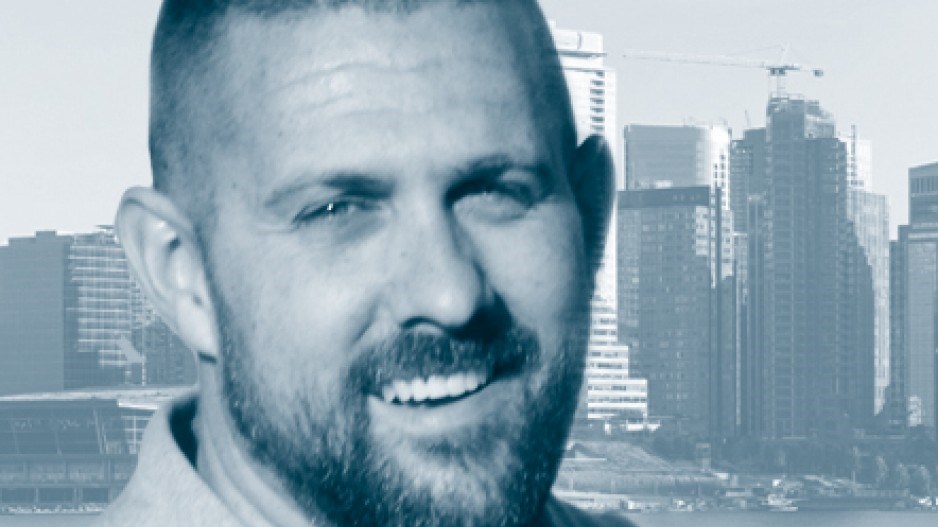Lately I’ve been thinking about my choices.
So much so that not too long ago I attempted to take inventory of every choice I made over the course of a day. It was exhausting, and went something like this:
At 6:15 my alarm went off. Choice 1: Should I hit snooze or should I get up and make sure I make it to the gym on time? Chose the latter.
Another choice: Before I get out, should I look at my phone and quickly check emails?
Still more: Should I wear the grey shorts or black ones? Which socks should I wear? Should I grab an apple before I go? Should I drive or walk? If I walk, is it raining? Should I bring an umbrella? It was. I didn’t. Choices 17, 18, 27.
By 6:45 I had logged 59 choices. Simple, everyday choices that, frankly, I don’t even think about. Yet still, the choice got made and there I was, at the gym, making another choice. Chest or legs? Choice 111.
By 8:30 I had logged 257. Number of reps. That was a choice. Water breaks. So was that. Shower? How long? What soap? All choices.
By 9:00 I had given up keeping track and turned to Google instead. And the results were surprising. Some studies suggest that the average person makes a staggering 35,000 choices per day. Assuming that most of us spend seven hours per day asleep, that makes roughly 2,000 decisions per hour, or one decision every two seconds.
One decision every two seconds? Can that be true? If you’ve read this blog this far you’ve spent about 50 seconds (unless you skimmed – that was a choice). During that time, did you choose to look at (or ignore) a smartphone notification, take a sip of coffee, reposition yourself, check Facebook, scratch your arm or let out a yawn?
These are all choices. Many of them are subconscious. They just seem to happen.
With all of these choices being made all day, I wondered if I could understand better just how my choices are informed. If I could get a better handle on how my choices are made, maybe I could reprogram myself to make good ones.
Ask many coaches or therapists and they will tell you that if you want to change a behaviour (the manifestations of our choices), you have to change your thoughts first.
But changing a thought is next to impossible. You can’t suddenly will yourself to be a racist, for example. To change a thought requires that we go to our underlying beliefs, opinions, attitudes and truths. If we can change those, then our thoughts, choices and behaviours will follow.
So, for the past several months I have been hawkish about my thoughts. And in observing them – and then inquiring into the underlying belief – I’ve noticed there has been a profound positive shift in my overall well-being. Indeed, by watching my thoughts and questioning why I’m thinking them, my choices have led to exponentially greater experiences of joy. I am the happiest I have ever been.
Here’s what I did (and am doing):
First, I read Positive Intelligence by Shirzad Chamine, a lecturer at Stanford University and former CEO of the Coaches Training Institute. The book details how to train your mind to work in your best interest, rather than succumbing to any of the 10 “saboteurs” or voices in our heads that run the show without us knowing (until we start observing). These saboteurs have names – like the hyper-vigilant, the stickler, the hyper-rational or the pleaser. And they all serve one function – to protect our egos. The problem is, these saboteurs aren’t good long-term planners. Long-term growth opportunities are too often sacrificed for immediate payoffs.
To improve our control over these voices, Chamine suggests that every time we notice a saboteur we simply rub our fingertips together. Or that every time we go to the bathroom, we stop to actually feel the sensation. Or that at your desk at work, really feel what it feels like to sit in a chair. Do this grounding meditation for 10 seconds a day, 15 times a day, for three weeks and the saboteurs will fade into the background, he claims. And he’s right.
The second book I bought shook my world. Loving What Is by Byron Katie invites its readers to ask four simple questions every time they find themselves out of joy:
1. Is the thought I’m having true?
2. Is it really true?
3. How do I respond when I believe the thought to be true?
4. Who would I be without that thought?
At its core, Loving What Is is a mix of existentialism and Zen that asserts it is not life’s circumstances that cause us suffering, but instead our attachment to our thoughts about how we think life’s circumstances ought to be.
That fourth question drives this assertion home. If my thought about a circumstance that is causing me grief were different, then I wouldn’t have the grief. That means that in every moment, I have the opportunity to decide just how I will let my thoughts affect me.
And that comes down to choice. •
Casey Miller ([email protected]), president of Six and a Half Consulting, is a leadership and team development specialist.




